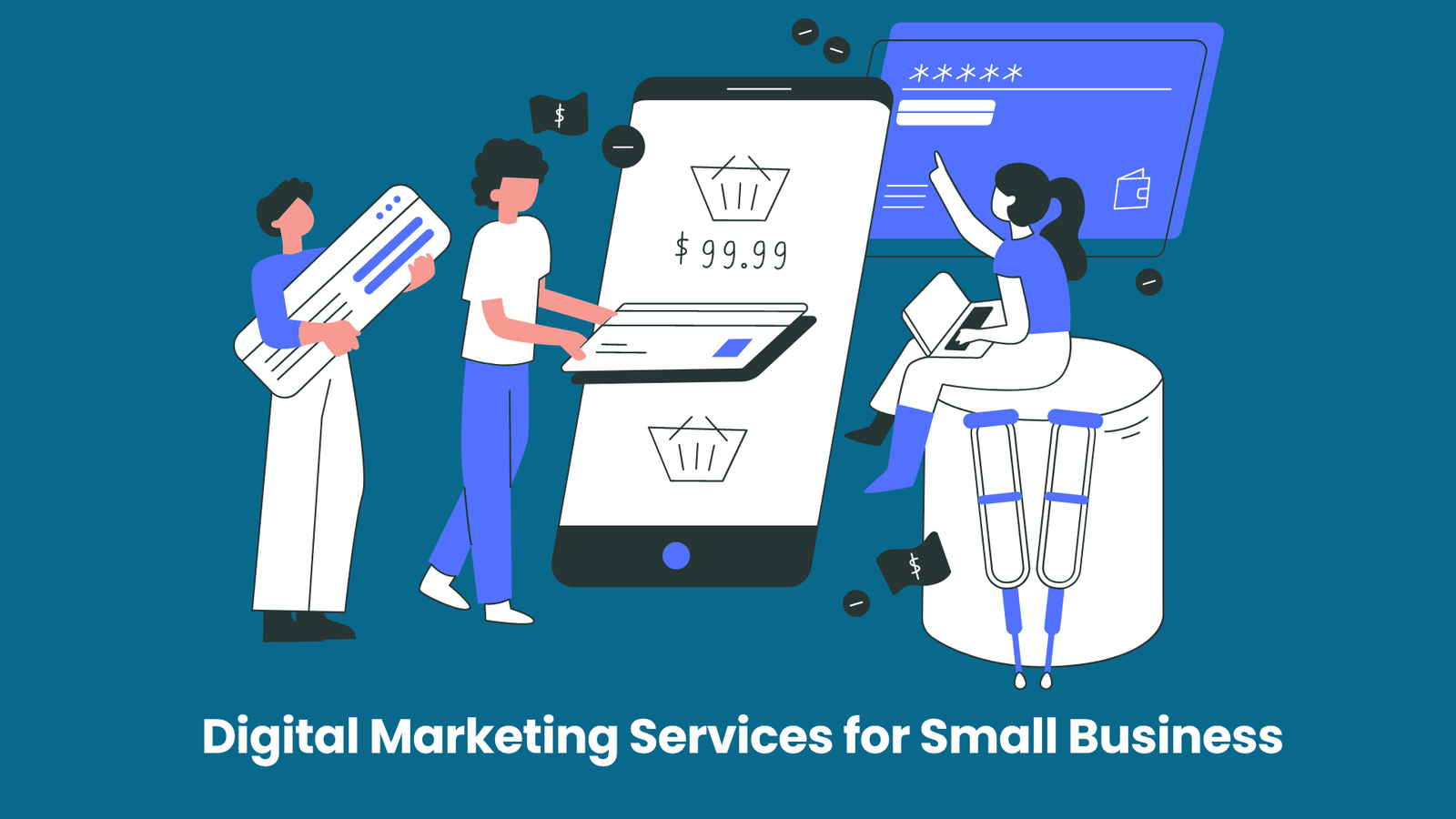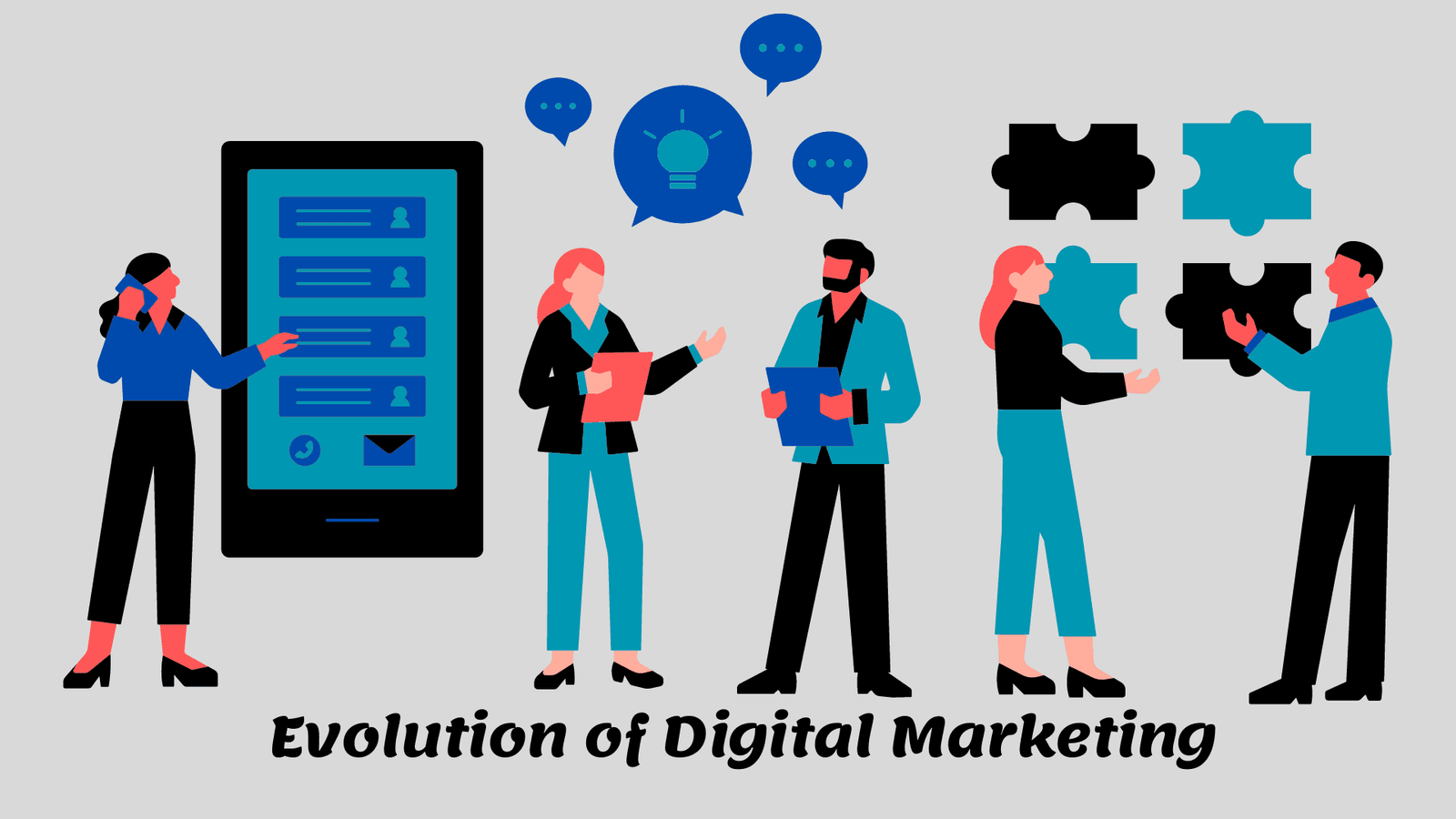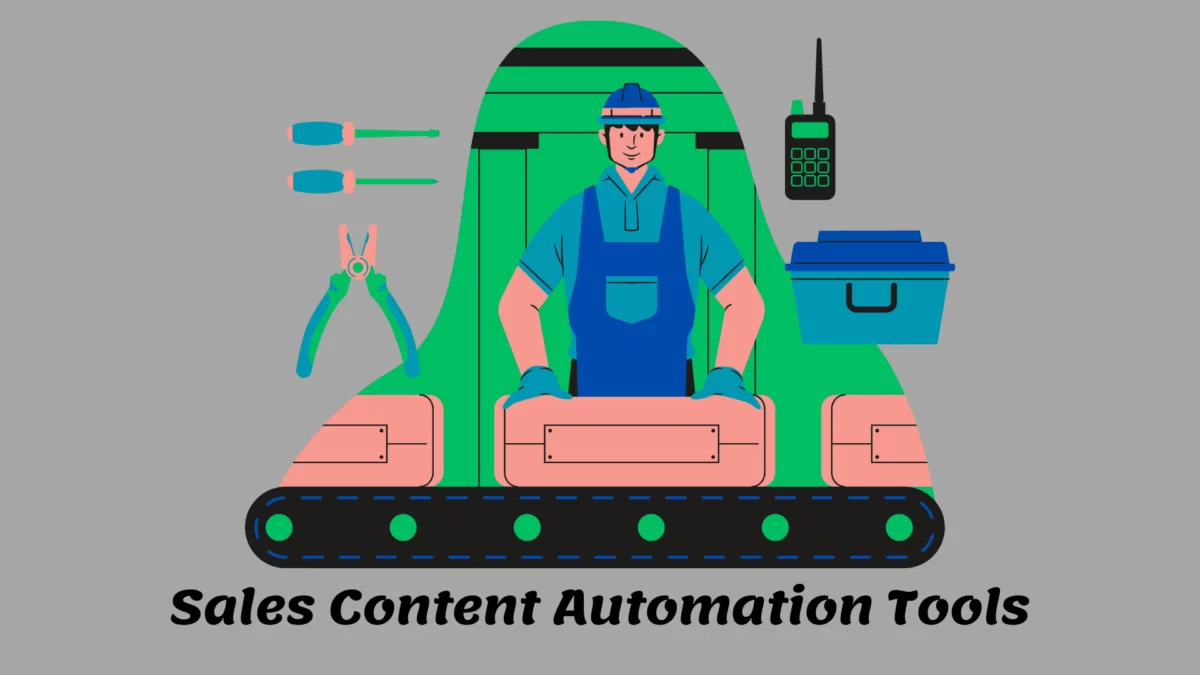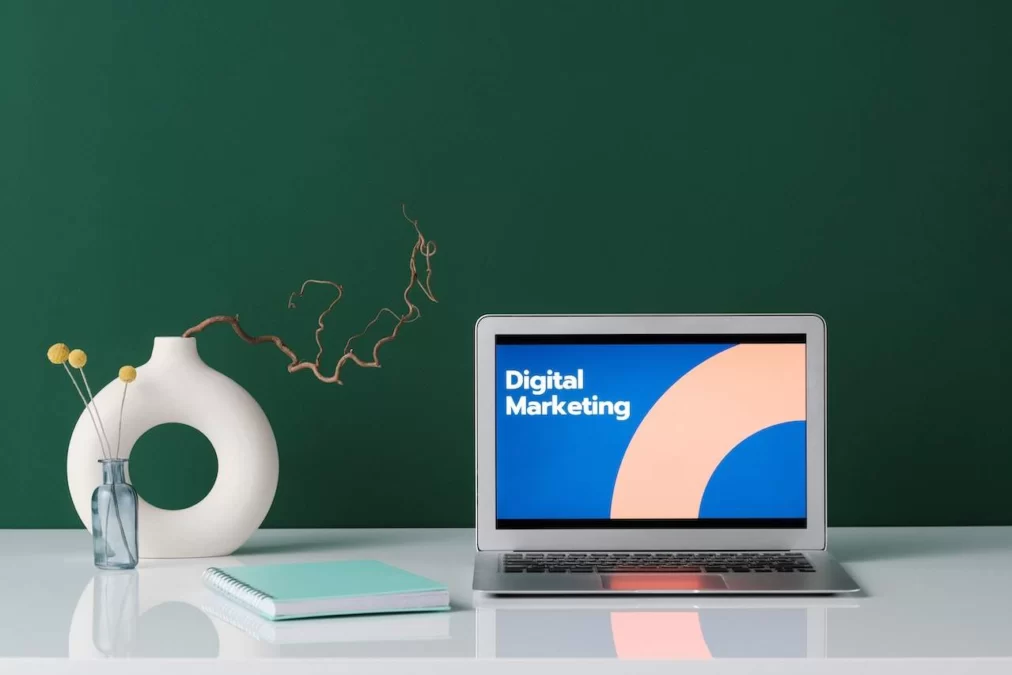Discover how digital marketing services for small business increase visibility, brand awareness, and customer engagement. Learn about the features, pros, and cons of essential SEO for small businesses and how it drives long-term, organic traffic. #DigitalMarketingServicesforSmallBusiness!
Digital Marketing Services for Small Business: A Comprehensive Overview
In the modern age of technology, digital marketing has become an essential component for the success of small businesses. It provides a way for companies to connect with their target audience, build brand awareness, and drive customer engagement. Here, we will provide a comprehensive overview of digital marketing services for small business, including their features, pros, and cons.

Search Engine Optimization (SEO)
Search Engine Optimization (SEO) is a foundational aspect of digital marketing that focuses on optimizing a website to improve its visibility in search engine rankings. SEO involves various techniques such as keyword research, on-page optimization, link building, and more. The ultimate goal is to drive organic traffic to the website, leading to increased visibility and credibility in search engines.
One of the key advantages of SEO is that it generates long-term, sustainable organic traffic. Making it a cost-effective strategy compared to other digital marketing channels. However, it is important to note that SEO results may take time to show. As it is a long-term strategy that requires constant monitoring and updates to keep up with search engine algorithms.
Pay-Per-Click Advertising (PPC)
Pay-per-click advertising (PPC) is a form of online advertising that allows businesses to display ads on search engines and other platforms. Advertisers pay a fee each time their ad is clicked, hence the name “pay-per-click.” PPC offers targeted ads based on keywords, demographics, and user behavior.
This form of advertising provides businesses with immediate visibility and traffic to their website. It also offers complete control over ad campaigns and budgets, making them highly measurable and allowing for precise targeting and retargeting. However, PPC can be costly, especially for competitive industries, and requires ongoing optimization and monitoring to achieve the best results.
Social Media Marketing
Social Media Marketing utilizes social media platforms to promote products and services. It involves creating engaging content, building a community, and running targeted ads. This form of marketing allows businesses to connect with their audience, build brand loyalty, and reach a wide range of potential customers. Social media platforms provide cost-effective marketing options compared to traditional channels and offer opportunities for active engagement with the target audience.
Additionally, social media marketing allows for precise targeting based on user demographics and interests. Nonetheless, it is important to recognize that results may vary depending on the platform and the target audience. Social media marketing also requires regular content creation and community management to maintain an effective presence.
Content Marketing
Content Marketing is a strategic approach that focuses on creating and distributing valuable, relevant content to attract and engage a target audience. This can include blog posts, videos, infographics, and more. Content marketing goes beyond traditional advertising and aims to build trust, and brand credibility, and establish thought leadership.
By providing useful information, businesses can drive organic traffic to their website, generate leads, boost brand authority, and cultivate customer loyalty. Content marketing requires consistent content creation and distribution to maintain its effectiveness. It is important to note that content marketing is a long-term strategy, and results may take time to show.
Email Marketing
Email Marketing involves sending personalized emails to a list of subscribers. It can include newsletters, promotional campaigns, and automated drip sequences. Email marketing serves as a powerful tool for nurturing leads, building customer relationships, and driving conversions. Compared to other marketing channels, email marketing can be highly cost-effective with a high return on investment (ROI).
It allows for targeted messaging and personalization, enabling businesses to tailor their communications based on customer preferences. Successful email marketing campaigns help build customer loyalty and facilitate repeat business. However, it is crucial to ensure compliance with data protection regulations, and overuse or misuse of email marketing can lead to high unsubscribe rates.
Comparison Charts of the Digital Marketing Services for Small Business
| Digital Marketing Service | Pros | Cons |
|---|---|---|
| Search Engine Optimization (SEO) | – Generates organic traffic and improves visibility in search engine results | – Takes time and effort to see noticeable results |
| Pay-Per-Click Advertising (PPC) | – Provides immediate visibility and targeted traffic | – Can be expensive, especially for competitive keywords |
| Social Media Marketing | – Helps build brand awareness and engage with target audience | – Results may vary depending on platform and content strategy |
| Content Marketing | – Establishes thought leadership, attracts and engages customers | – Requires consistent creation of high-quality content |
| Email Marketing | – Cost-effective way to reach a targeted audience | – Risks being marked as spam or ignored if not done properly |
| Influencer Marketing | – Reaches a highly targeted audience through trusted influencers | – Can be costly and difficult to find the right influencers |
| Video Marketing | – Engages users visually and can go viral | – High production costs and competition |
| Mobile Marketing | – Reaches users on mobile devices, which is a growing market | – Requires optimization for different devices and platforms |
| Affiliate Marketing | – Only pay for results, increases brand exposure | – Requires finding and managing affiliates effectively |
10 Ways Digital Marketing Services Can Help Your Small Business Grow
Digital marketing services can greatly benefit your small business by driving growth and increasing brand visibility. Here are 10 ways digital marketing assistance can help your small business grow:
- Increased Online Visibility: Digital marketing services, such as search engine optimization (SEO), can improve your website’s visibility in search engine rankings, making it easier for your target audience to find you online.
- Targeted Advertising: With digital marketing services like pay-per-click (PPC) advertising. You can create targeted ads that reach your ideal customers based on demographics, interests, and search behavior.
- Brand Awareness: Through social media marketing and content marketing, you can build brand awareness and establish your business as an authority in your industry, increasing trust and loyalty among your target audience.
- Lead Generation: By implementing effective strategies like content marketing and email marketing, digital marketing services can help you generate leads and attract potential customers who are interested in your products or services.
- Improved Customer Engagement: Digital marketing services provide various opportunities for engaging with your audience. Whether it’s through social media interactions, email marketing campaigns, or personalized content. This helps build strong customer relationships and encourages repeat business.
- Measurable Results: Unlike traditional marketing methods, digital marketing services offer detailed analytics and reporting. Allowing you to measure the success of your campaigns and make data-driven decisions for continuous improvement.
Additionally ways
- Cost-Effectiveness: Compared to traditional marketing channels, digital marketing services can be more cost-effective, especially when considering long-term results. Strategies like SEO and content marketing generate organic traffic and require less ongoing investment.
- Mobile Reach: With the increasing use of mobile devices, digital marketing assistance can help your business reach. Engage with users on their smartphones and tablets through mobile marketing campaigns and responsive website design.
- Competitive Advantage: By leveraging digital marketing services like social media advertising and video marketing. You can gain a competitive edge over businesses that have not fully embraced digital channels.
- Global Reach: With the power of digital marketing, your small business can reach a global audience beyond geographical limitations, opening up opportunities for expansion and growth.
Overall, digital marketing assistance offers a comprehensive and effective approach to growing your small business, increasing brand visibility, attracting leads, engaging customers, and driving long-term success.
Bottom line
This comprehensive overview explores the various digital marketing services available for small businesses. It covers search engine optimization (SEO), pay-per-click advertising (PPC), social media marketing, content marketing, email marketing, and more. Each service is described, along with its pros and cons. Additionally, a comparison chart outlines the advantages and disadvantages of each service.
The article concludes with 10 ways digital marketing services can help small businesses grow, including increased online visibility, targeted advertising, brand awareness, lead generation, improved customer engagement, measurable results, cost-effectiveness, mobile reach, competitive advantage, and global reach. Overall, digital marketing assistance offers a comprehensive and effective approach to growing small businesses and achieving long-term success.




















